Advertisement
Varicose eczema is a skin disorder connected to inadequate leg blood flow. Older folks, particularly those with varicose veins, are often affected by it. Often around the ankles, the disorder causes itchy, scaly, discolored skin. Venous eczema, sometimes referred to as varicose eczema, results from blood pooling in the veins, generating pressure. Skin changes and inflammation are thus possible.
Early diagnosis and treatment are crucial for preventing problems. Treatments mostly aim to control symptoms and increase blood circulation. Knowing varicose eczema helps one control the disorder. This article investigates its causes, symptoms, and treatments. It also emphasizes the diagnosis to help with flare-up prevention and symptom reduction. If you or someone you know suffers, appropriate treatment is absolutely vital.
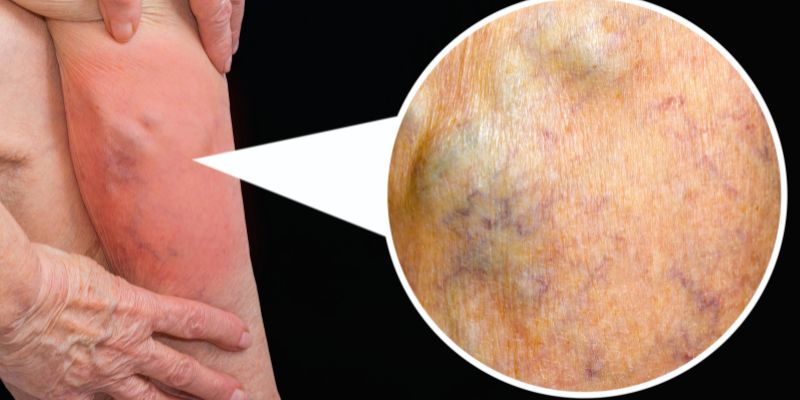
Varicose eczema is a persistent skin disorder caused by inadequate leg blood flow. It mostly affects those with varicose veins or other vein-related problems. Usually developing in the lower legs, the disorder causes reduced blood flow. Blood pools in the veins generate pressure that causes skin irritation and changes in the appearance of the skin. Varicose eczema can cause the slow development of symptoms.
Early symptoms could include modest dryness in the afflicted area, redness, and itching. If left untreated, the skin could get darker and thicker. Sometimes, scabs or sores filled with fluid could develop. Varicose eczema can be rather uncomfortable, even if it is not contagious. If ignored, the disorder may cause more major problems, such as venous ulcers or skin infections.
In the legs, varicose eczema is usually caused by inadequate blood flow in the veins. Blood pools rather than flow smoothly as vein walls or valves deteriorate. It builds venous pressure, which causes inflammation of the skin. This pressure can lead to changes in the skin over time, including redness, dryness, and thickness.
Variations in varicose eczema development also include other risk factors:
Usually affecting the skin of the lower legs, varicose eczema can have different degrees. Typical indicators include:
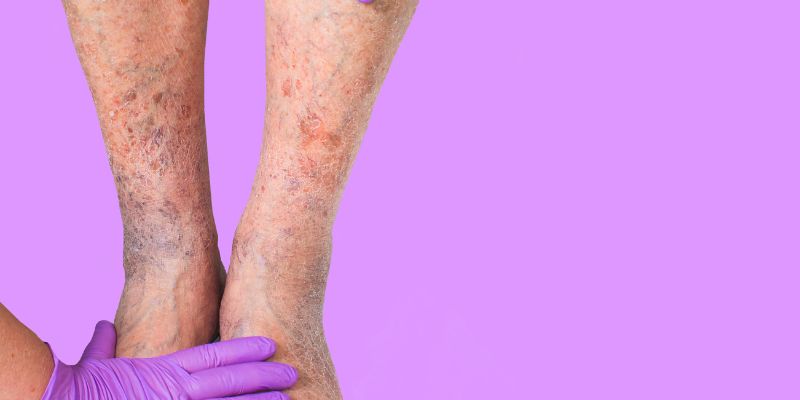
Usually, a physical examination by a doctor helps to diagnose varicose eczema. Examining the impacted area closely, the doctor will search for indicators, including redness, edema, and thickness. They will also look for obvious varicose veins, which many people with this disorder have. Apart from the physical assessment, the doctor probably will also get a thorough medical history.
They could probe your symptoms, way of life, and any known vein problems, such as varicose veins or past poor circulation. The doctor might advise additional testing to help one better understand vein blood flow. An ultrasonic scan is usually used to check whether there is any damage or obstruction and analyze the blood flow in the veins. It guides the clinician in deciding the degree of the illness.
Varicose eczema treatment mostly addresses symptom relief and blood circulation enhancement. Here are typical therapy choices:
In conclusion, varicose eczema, typically affecting the lower legs, is a persistent illness brought on by inadequate blood flow. If addressed improperly, it can cause skin changes, discomfort, and consequences. Management of symptoms and prevention of more problems like ulcers or infections depends on early diagnosis and quick treatment. Effective treatments include compressions, stockings, moisturizers, steroids, and vein therapies. Managing the illness can also be achieved with lifestyle modifications such as avoiding extended standing and preserving a good weight.
Advertisement
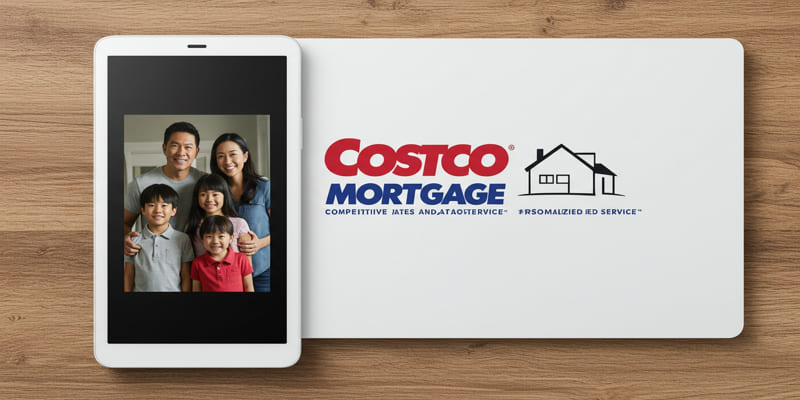
By Vicky Louisa/Dec 27, 2024

By Susan Kelly/Dec 13, 2024

By Juliana Daniel/Jan 01, 2025
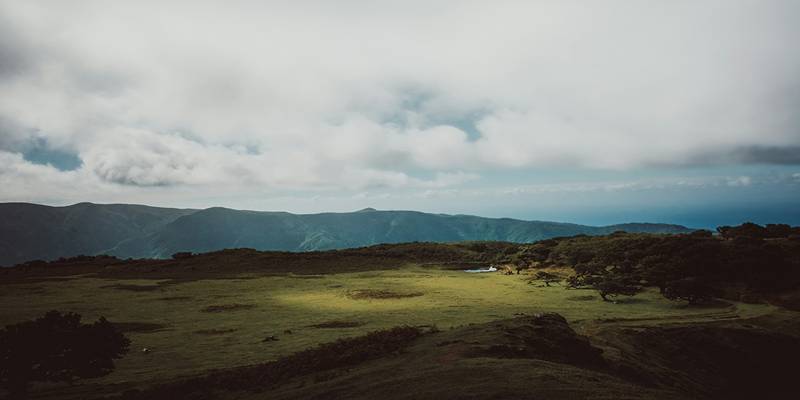
By Gabrielle Bennett /Oct 10, 2024

By Jennifer Redmond/Oct 10, 2024
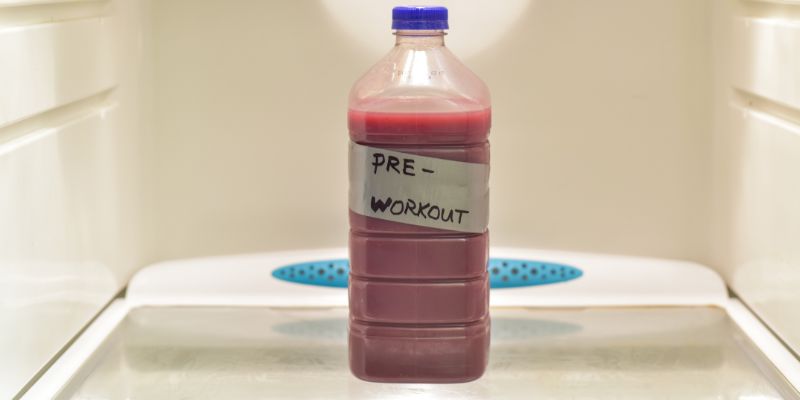
By Noa Ensign/Oct 18, 2024
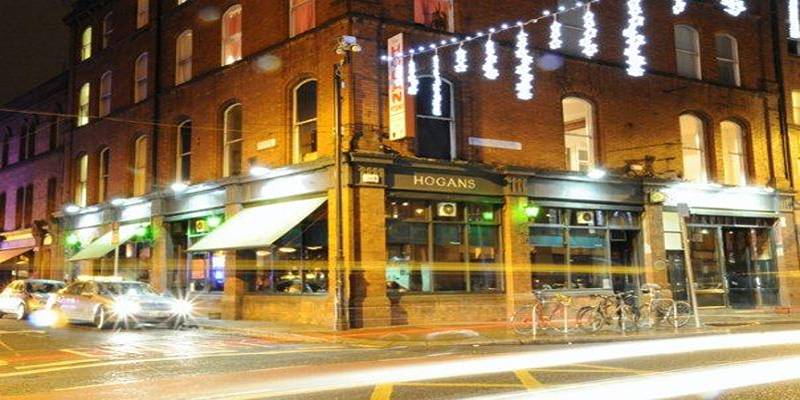
By Elena Davis/Jan 02, 2025
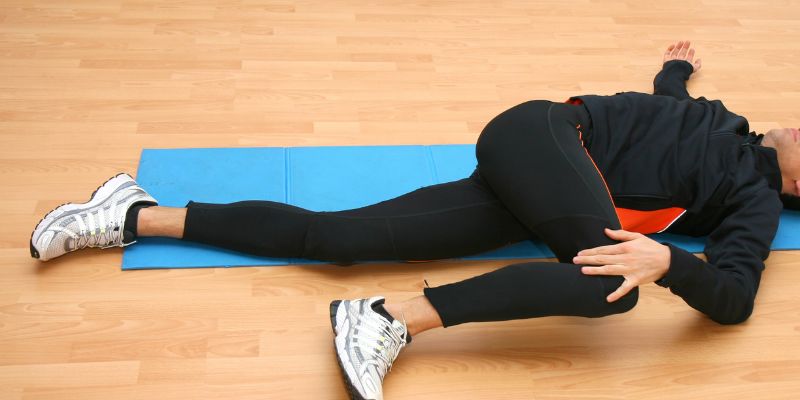
By Martina Wlison/Oct 18, 2024
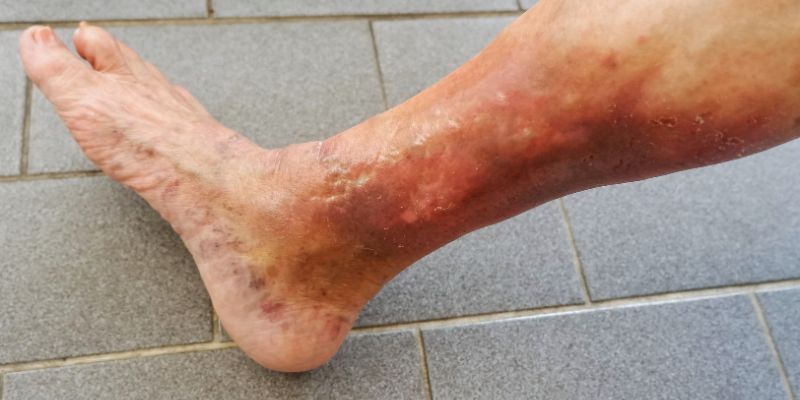
By Martina Wlison/Dec 26, 2024
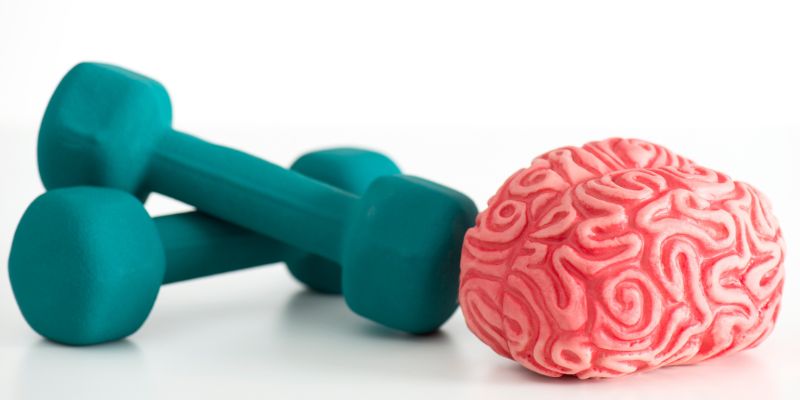
By Nancy Miller/Oct 18, 2024

By Christin Shatzman/Jan 01, 2025
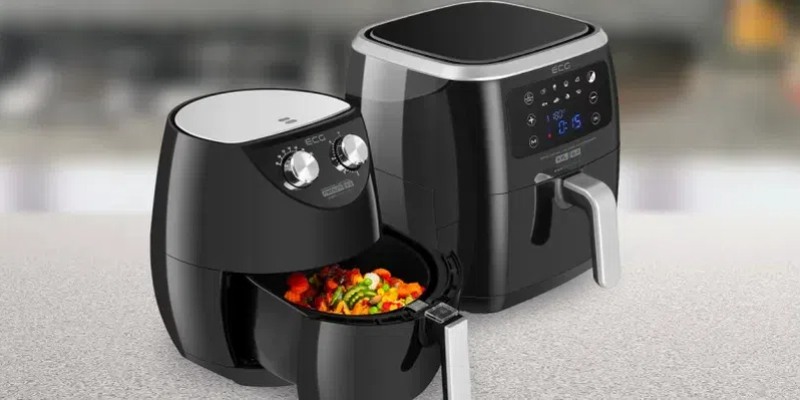
By Madison Evans/Oct 12, 2024